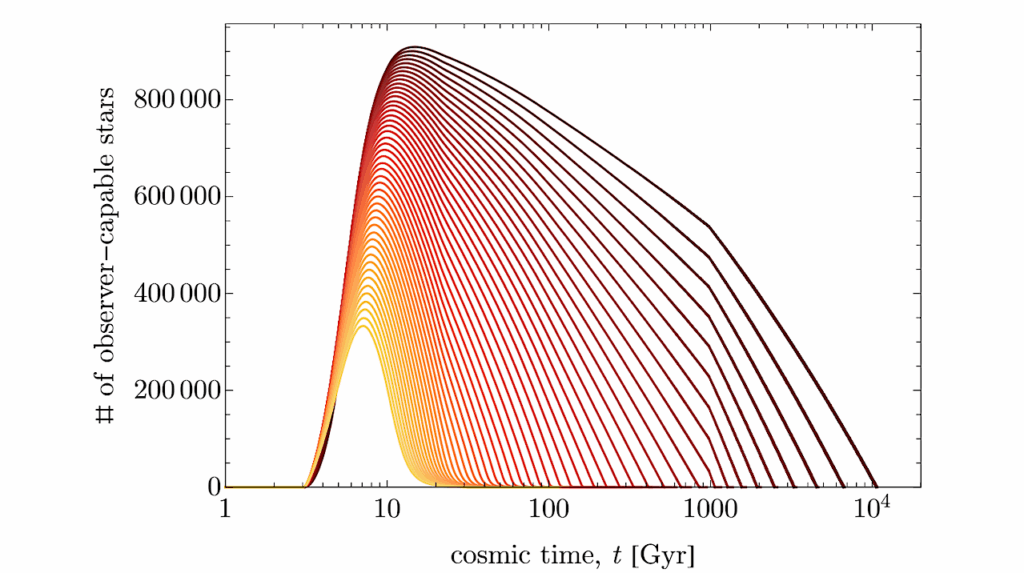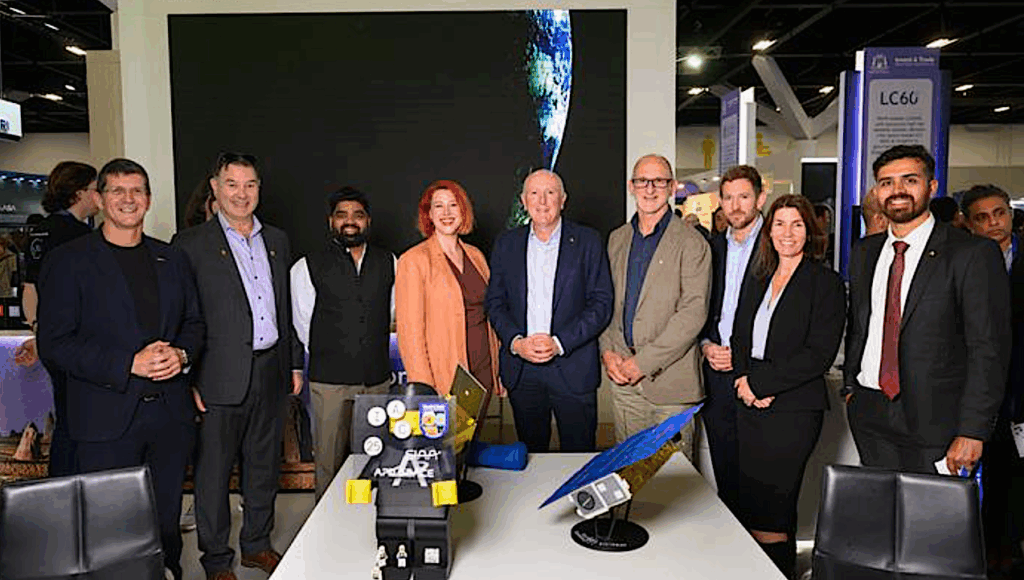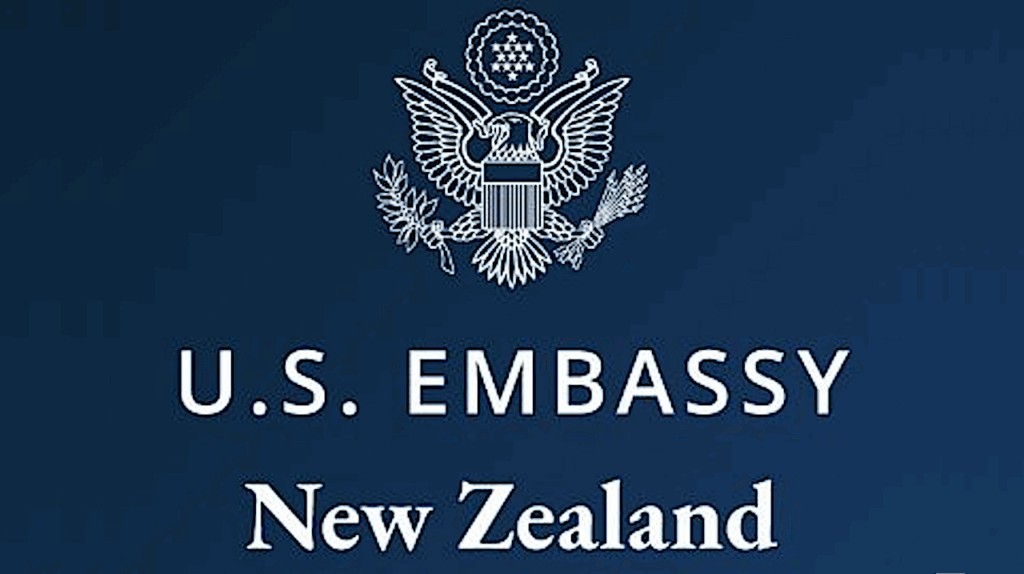Scouting for Astrobiology
When Dr. Eric Boyd of the NAI’s Montana State University Team goes searching for evidence of what extra-terrestrial life might look like, he heads to Norris Geyser Basin in Yellowstone National Park. On Saturday the 24th of September Dr. Boyd was joined by the Webelos of Packs 524 and 552 of Livingston, Montana, with the goal of finding out what life might look like on another planet.
Dr. Boyd began the expedition by explaining some basic background on what Yellowstone is, how the Yellowstone area was formed, and some basic safety instructions on walking through a geothermal area as well as instructions on using the laser guns and pH strips he had brought for the Webolos. It was time to go ‘Alien Hunting’.
The Scouts started their hunt at Echinus Geyser by first testing the temperature of the spring with their lasers. They were surprised to find that the temperature was between 156 and 166 degrees Fahrenheit; everybody agreed that it was way too hot for most life to survive. However the Scouts noted that the deep reds, oranges and faint greens associated with the spring seemed to indicate that life is present. At the outflow of the geyser the Scouts tested a sample of the spring water, sampled by Dr. Boyd, and found that it had a pH of between 3 and 4, a very acidic and extreme environment when compared to the boys drinking water which was pH 7.
The boys took their results to Dr. Boyd, who indicated that they were correct in believing that the spring was acidic, but that we should consider how life is thriving in such high temperature and acid conditions. Then Dr. Boyd shared with the boys why NASA scientists study geysers such at this: the iron-rich habitat at Echinus can be considered to be an Earth analog for what might be present on Mars since it is known that the red planet is rich in iron and has had hot springs in its distant past.
“The Boys learned how to look at a spring and based on visual observations, predict the pH and temperature of the spring as well as how the organisms were making a living. Such imaginative thinking is truly the cornerstone of NASA’s astrobiology exploration program – in essence identifying patterns and using this to predict an outcome. Through iteration, such as what the Scouts experienced today in the Norris Geyser Basin, we refine our predictions and culminate in understanding” said Boyd. “The collective ideas that this group of youngsters generated about how life survives in extreme environments and the enthusiasm that the students had for NASA-supported science was impressive. I look forward to seeing how this group of young men progress through their Scout Program and their academic education.”
The boys left the park with fond memories of red iron-eating bugs, black caldrons filled with mud, and pools of life that had found a way to survive in extreme environments. “What a wonderful opportunity Yellowstone National Park provides each of us to learn about the natural world that surrounds each and every one of us.” said Boyd.
Source: NAI Newsletter








